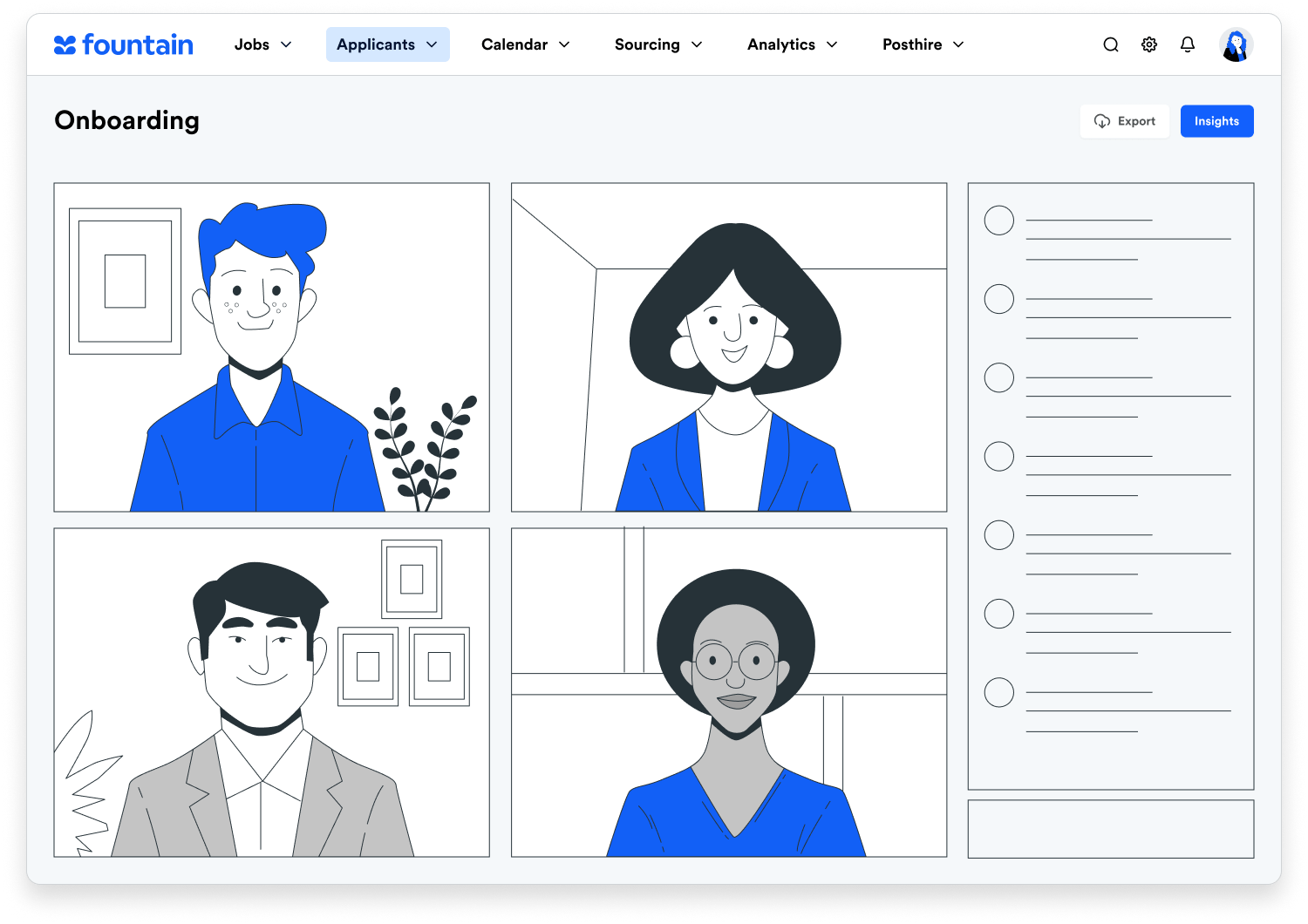As a new normal for working emerges, technologies must continually evolve. What may have been a crucial feature for Human Resources tools two years ago could already be outdated. Having now operated in a remote environment for a little under a year, recruiting teams have a better understanding of the crucial features of their applicant tracking systems.
In a recent survey conducted by HR.com, where Human Resources professionals were surveyed to understand what they like least about their ATS. Here are the most common issues plaguing these systems:
Our ATS does not have enough of the features needed (40%).
Unsurprisingly, an insufficient number of features was reported to be the most problematic aspect of applicant tracking systems. As we’ve mentioned in previous posts, a lack of features and integrations has a major impact on a recruiter’s efficiency.
The digital transformation of Human Resources systems was expedited as a result of the pandemic. While ATS providers have been scrambling to accommodate new needs, we are still in the early stages of this transformation. Companies that can build on feature additions that improve remote recruiting abilities will start distinguishing their products moving forward.
It does not have good reporting/analytics functionality (24%).
Data is an essential component of recruiting. An ATS that doesn’t have adequate analytics isn’t going to cut it. In order to have an effective recruitment process at scale, you need to be a data-driven hiring team.
Data is able to shed some light on some of the inherent uncertainty we face in recruiting and can help us make informed decisions. Here is a shortlist of key metrics your ATS should be able to measure:
Hire rate
The hire rate refers to the number of applicants needed to fill an open position. Once you’ve had a few of the same recs, you’ll have a granular idea of how many candidates you’ll need to recruit.
Stage conversions
This tracks the percentage of candidates moving from one stage to another. This helps to track bottlenecks that may arise. If a high number of candidates are all leaving the interview funnel at the same stage, there’s a good chance you need to adjust your process.
Time to hire
How long it takes you to fill a certain position on average. Similar to the hire rate, this helps you to more accurately predict how long each position is going to take to close making you a more efficient recruiter.

It can’t be used effectively to communicate with candidates (22%).
One recruiter can be communicating with hundreds of candidates at any given time. If your ATS doesn’t allow you to properly communicate with your candidates, you’ll lose a lot of efficiency momentum. The frustration here typically comes from a lack of automation and scheduling capabilities.
Whether it’s scheduling, providing feedback, or surveys, there are plenty of touchpoints in an interview process that can be automated without sacrificing the candidate experience. Applicant tracking systems need to assist your recruiters in communication with their candidate’s if you want to have an effective recruiting process.
It provides a poor candidate experience (20%).
The importance of a positive candidate experience can’t be overstated. Providing the best interview process has to be a top priority for hiring teams. As you begin to recruit a higher volume of candidates, word of mouth becomes a tremendous asset or severe liability.
Enterprise companies that are conducting high-level recruitment are going to be interacting with a large number of applicants. According to Neilson, 92% of people agree that they trust the recommendations of friends and family above all other forms of advertising. Having a high-volume applicant tracking system that provides a positive candidate experience becomes essential when you consider the downside of poor word of mouth.
It is to buggy (17%).
Every company with 1000+ employees budgets for an applicant tracking system. Recruiters should be operating in this tool multiple times per day. They are absolutely crucial to the effectiveness of your organization.
An ATS consistently having technical issues would be a major hindrance to your team. Every second counts when you’re recruiting. Your system going offline at the wrong time could be the difference between you closing a candidate, or them choosing another job. If there’s one thing recruiters hate, it’s losing out on a strong candidate because of external (and preventable) factors.
The other major pitfalls of applicant tracking systems.
Here are the other answers for what respondents disliked most about their ATS:
- It is too complicated (16%)
- It is difficult to use (16%)
- It has bad customer service (13%)
- I like everything about our ATS (30%)


 Jan 26 2021
Jan 26 2021
